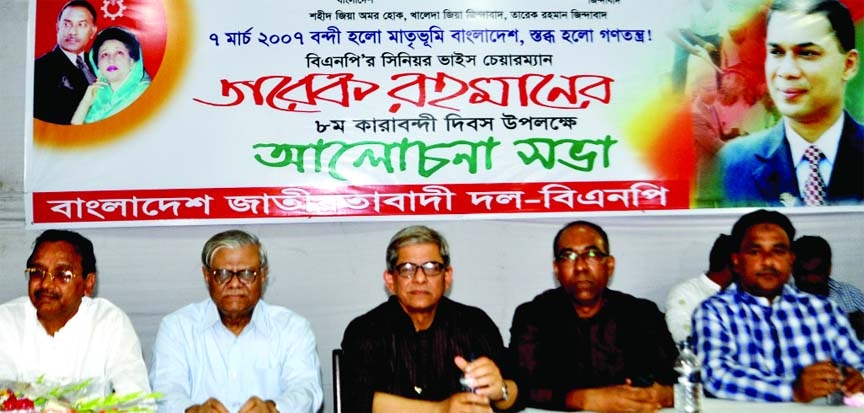
BSS, Dhaka :
Alongside the Indian government, different associations including “Bangladesh Muktisangram Sahayak Samity (BMSS)” formed in India played a significant role in achieving the independence of Bangladesh, at a cost of the lives of three million people.Immediate after beginning of the nine-month long war against the Pakistani occupation forces, most of the people across the globe, took stand behind Bangladesh and many associations had been formed abroad particularly in West Bengal, Tripura and some other states in India to form public opinion in favour of the War of Liberation.
Noted historian Professor Dr. Muntassir Mamoon in an article “Bangladesher Muktijuddhe Sahayak Samitir Bhumika” (The Role of Contributing Associations in the Liberation War of Bangladesh) in his edited book “Mutijuddher Chhinna Dalilpatra” narrated the role of different contributing associations of India in achieving the independence of Bangladesh.
BMSS of West Bengal is one of such contributing association. It was mainly formed with the initiative of intellectuals of West Bengal, particularly of Kolkata. One of the leading Bengali novelists Tarasankar Bandyopadhyay was the president of the organization while novelist Dipendranath Bandyopadhyay was general secretary. He (Dipendranath Bandyopadhyay) was the main organizer of it. All the artists, writers and cultural personalities joined it. With the call of the samity, some other organizations were also formed to assist it at different states of India. Such two more organizations were also found at Puna and Mumbai in India. The samity gave their all out support to the nine-month long battle against Pakistan and its auxiliary forces with forming public opinion by organizing meetings, publishing booklets and holding art exhibitions. At the beginning of the war, the samity published a booklet of 54 pages with headline Swadhin Bangladeh Keno (Why Independent Bangladesh)? The publication drummed up public support across the world towards Bangladesh’s war against Pakistan.
There were six essays in the booklet which can be treated as the document of Liberation War. The publication also included translation of a poetry titled “Bangladesh” of a noted Indian Urdu Poet Kaifi Azmi and six photographs.
“Sheikh Mujibur Rahman: Amader Bachar Dabi:Chhoy Dafa Karmosuchi” by one of the key organizers of Liberation War Tajuddin Ahmad, “Bishwabashir Proti Maulana Bhashanir Abedan” by Gouri Ayub, “Onno Dristikon Theke Dui Bangla” by Professor Muzaffer Ahmed and “Pakistani Bhai Bonder Proti” by Simanta Gandhi Khan Abdul Gaffar Khan, were published in the booklet.

